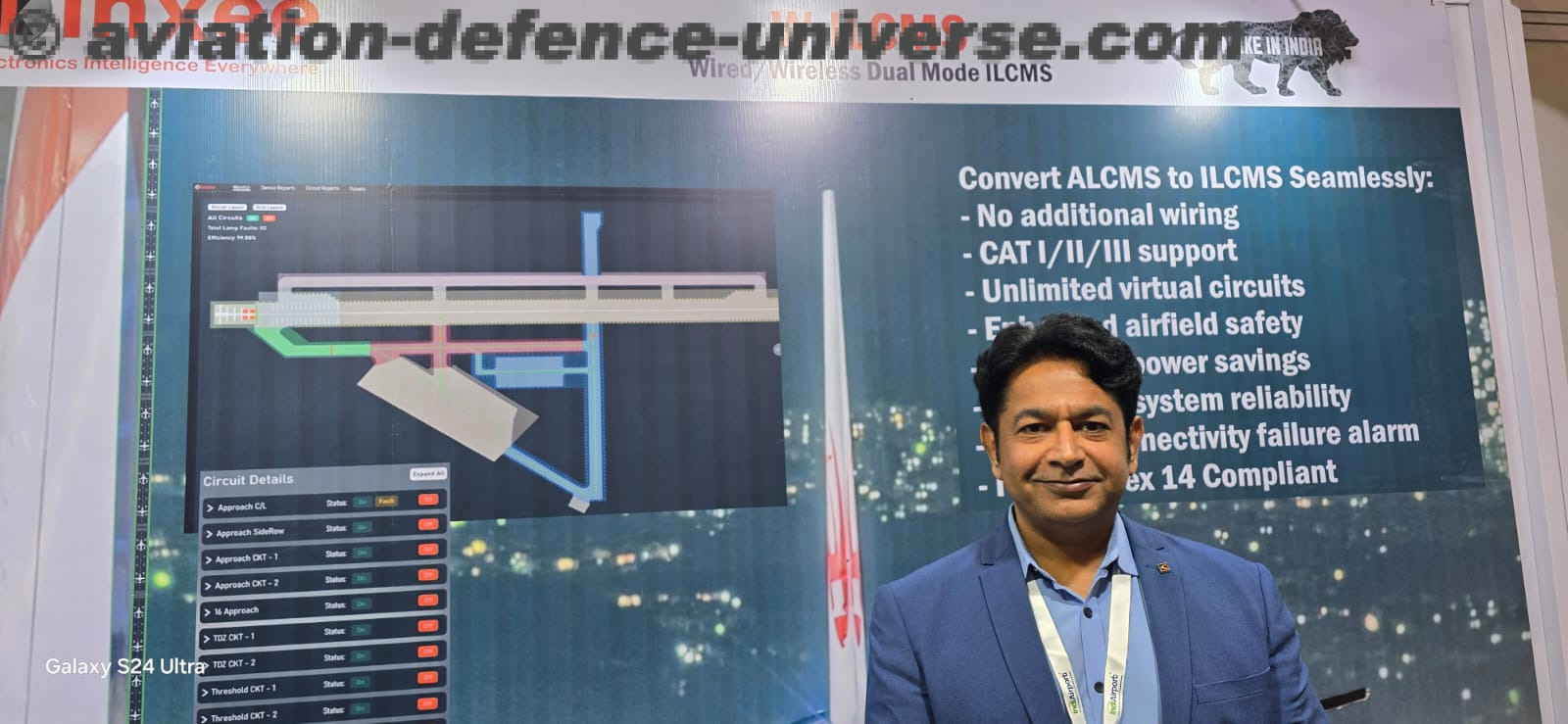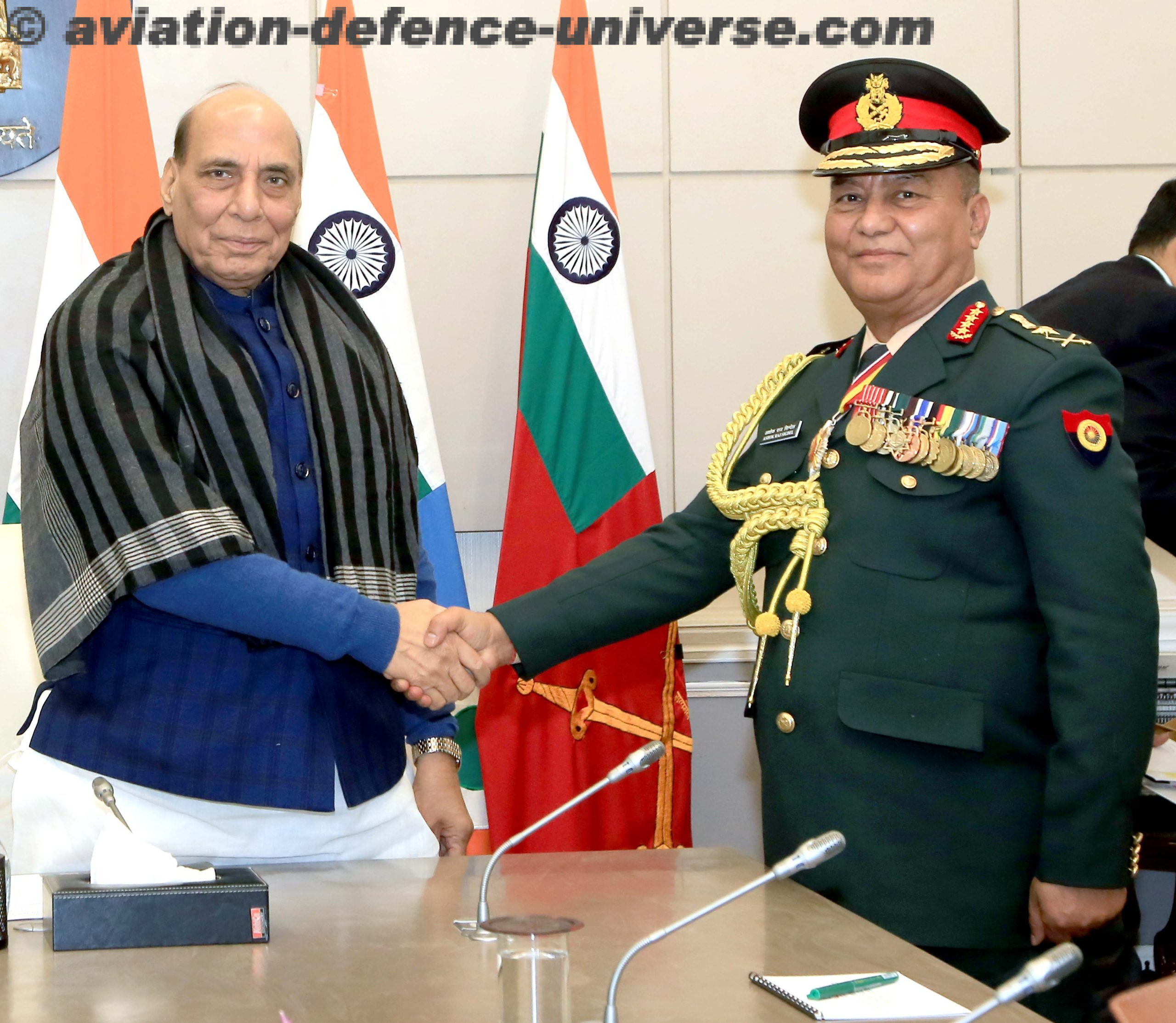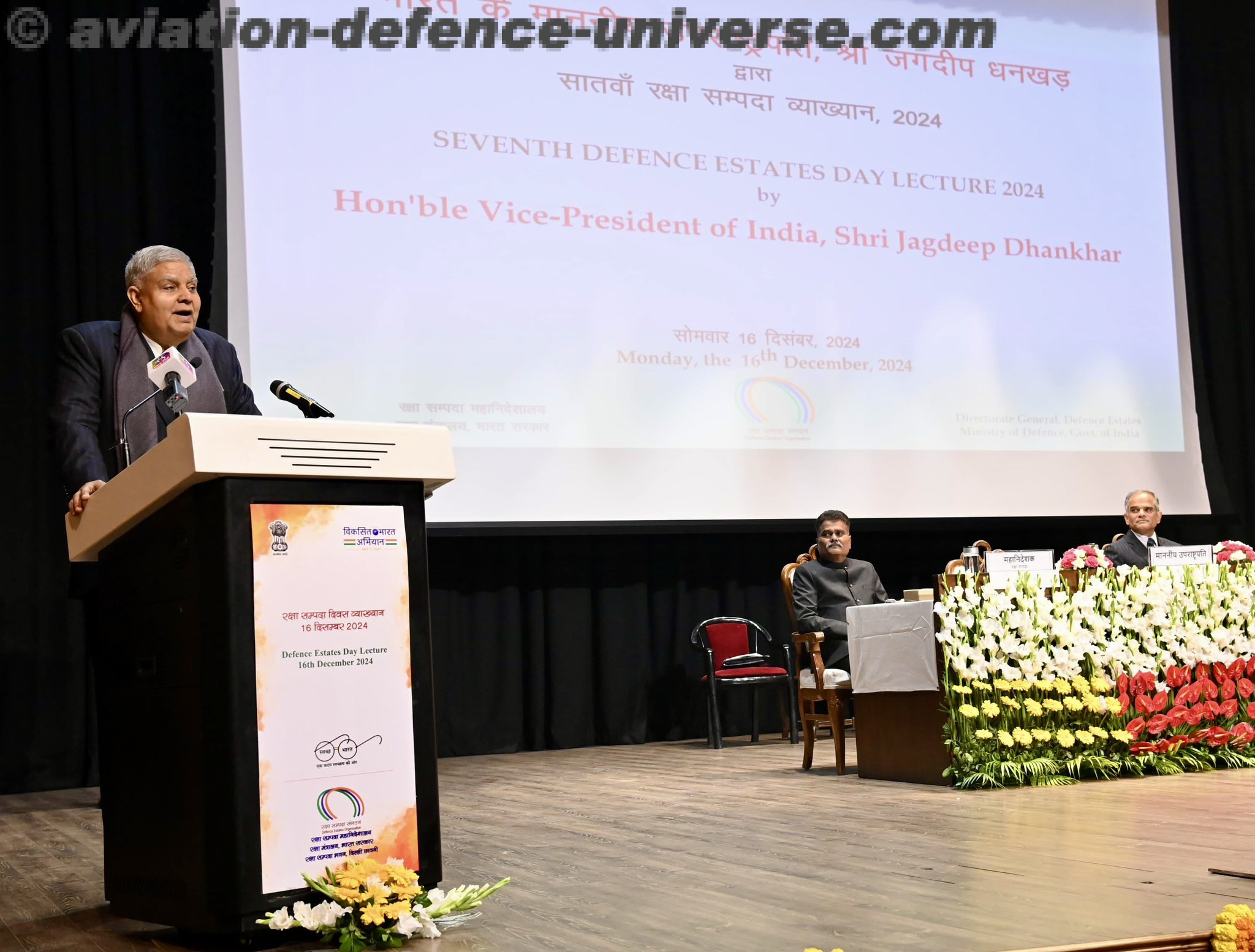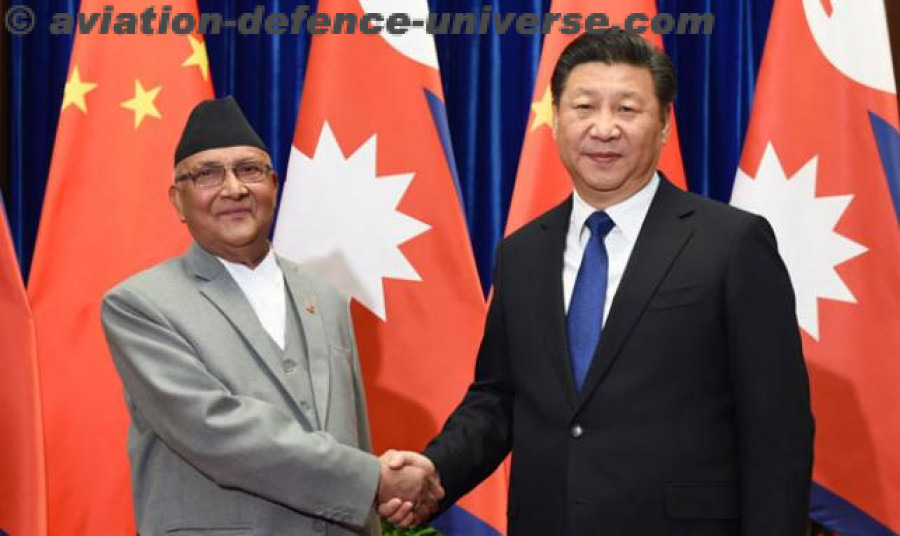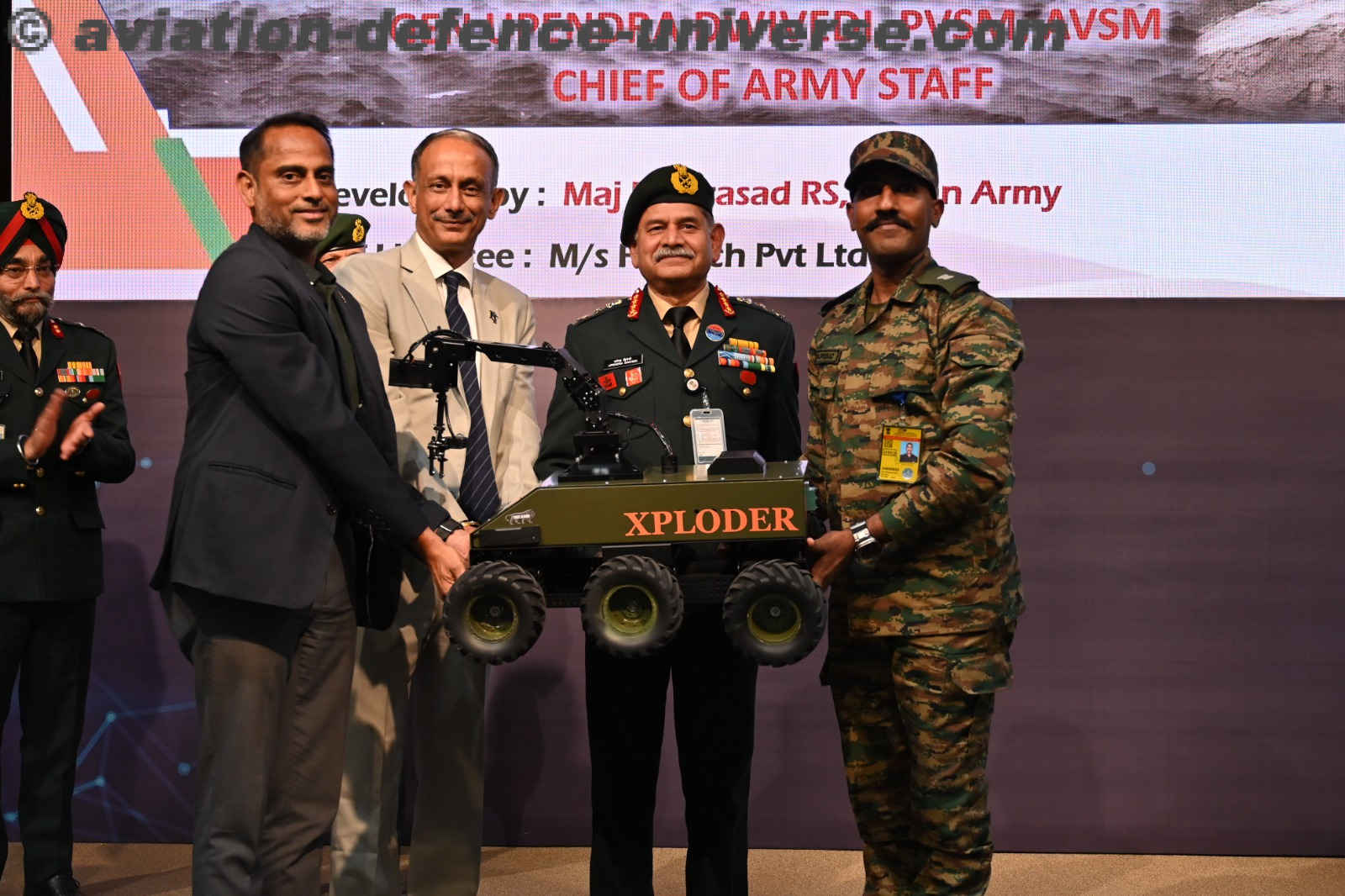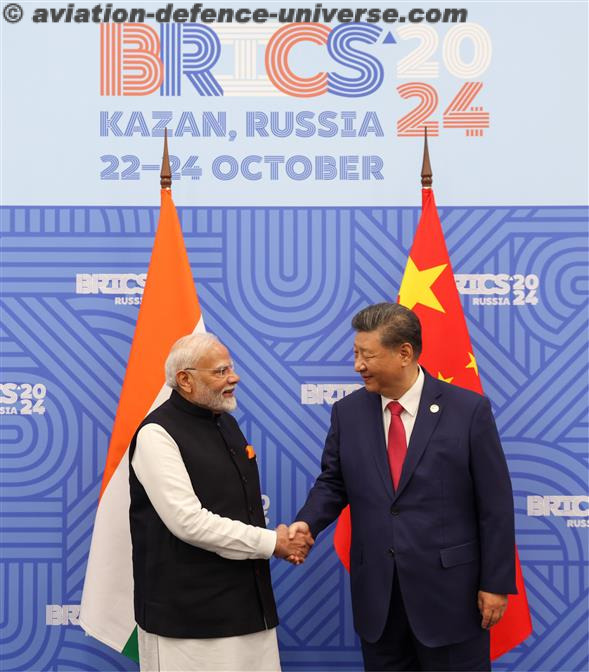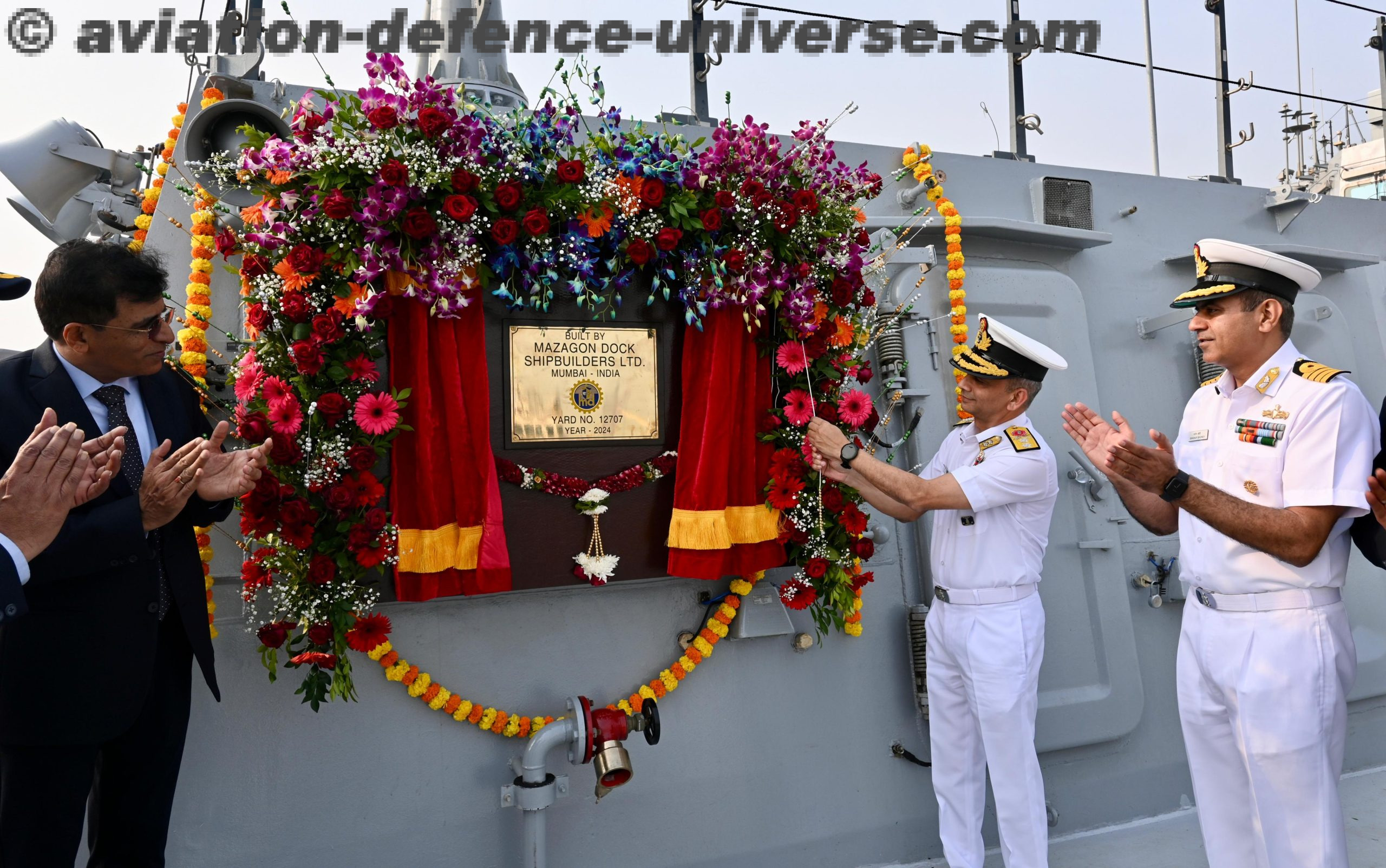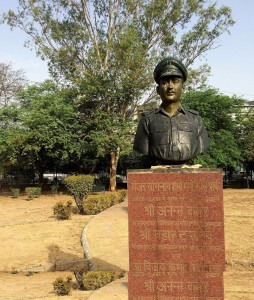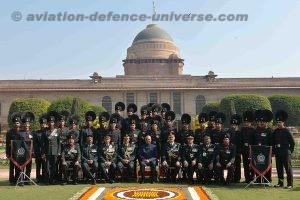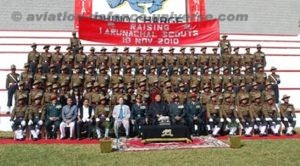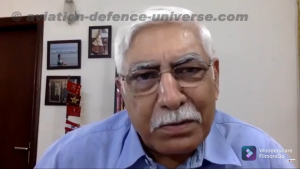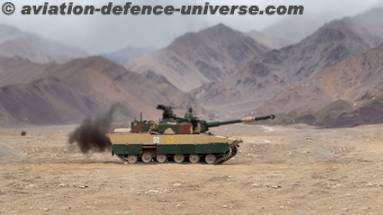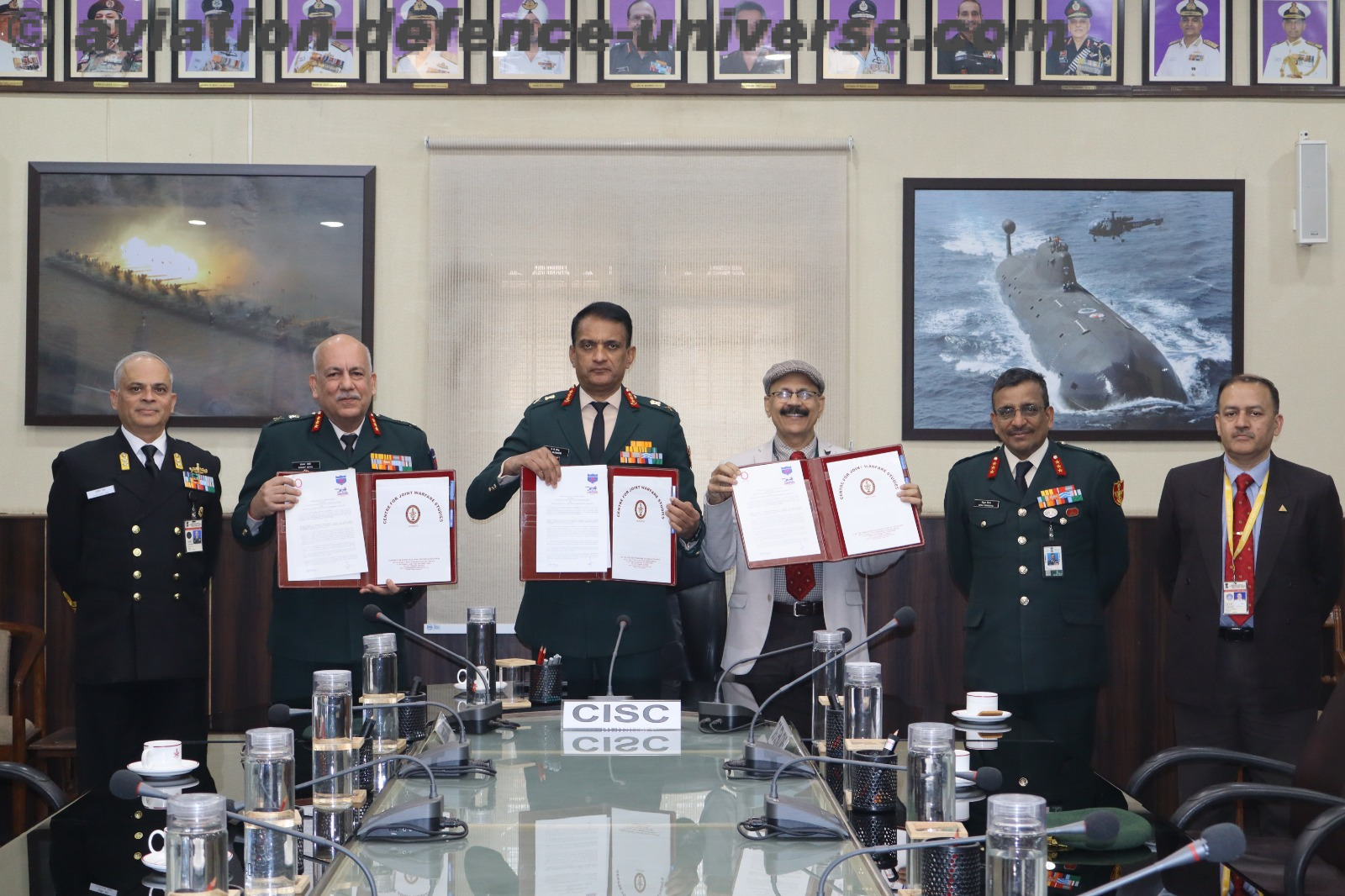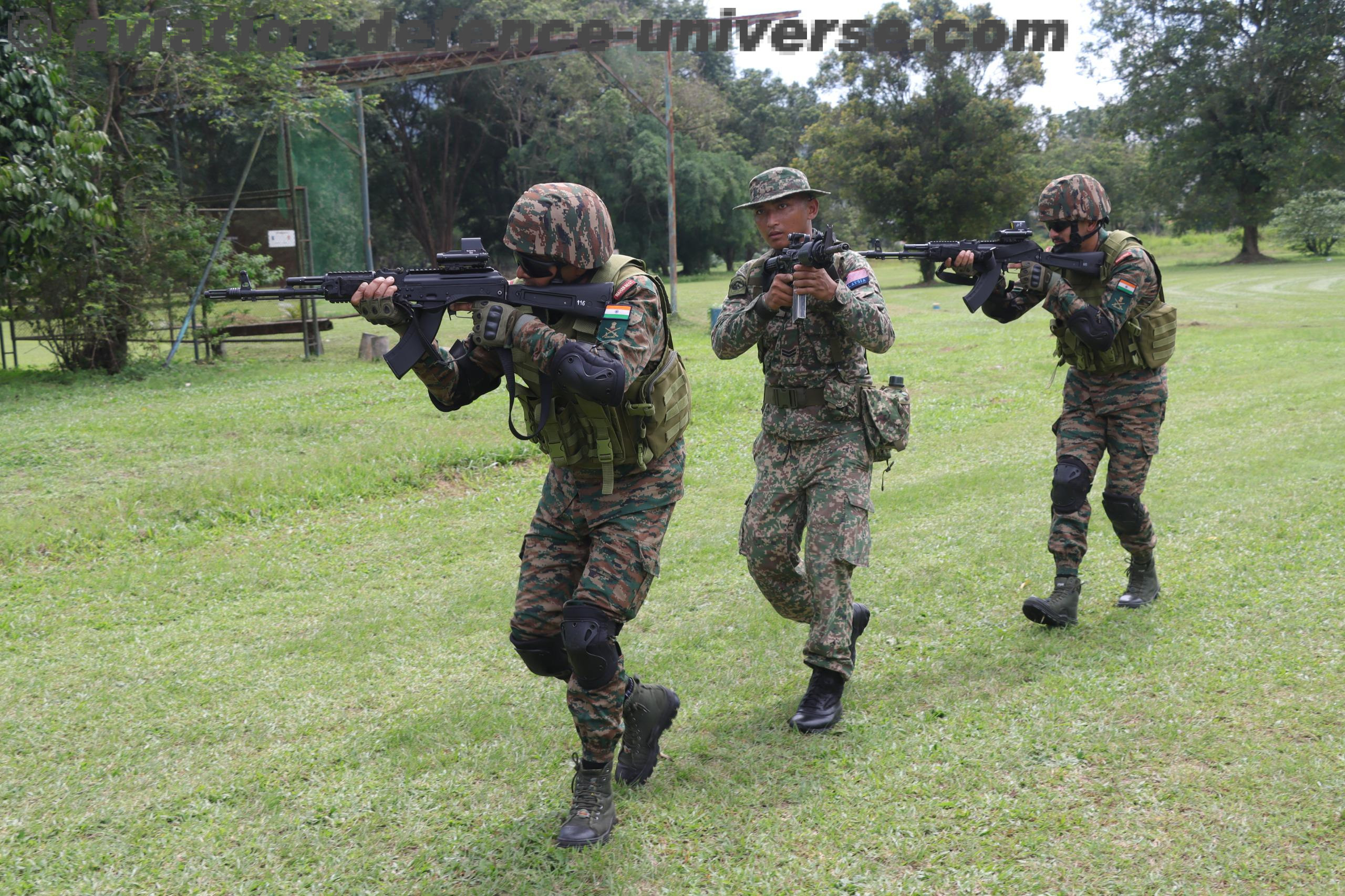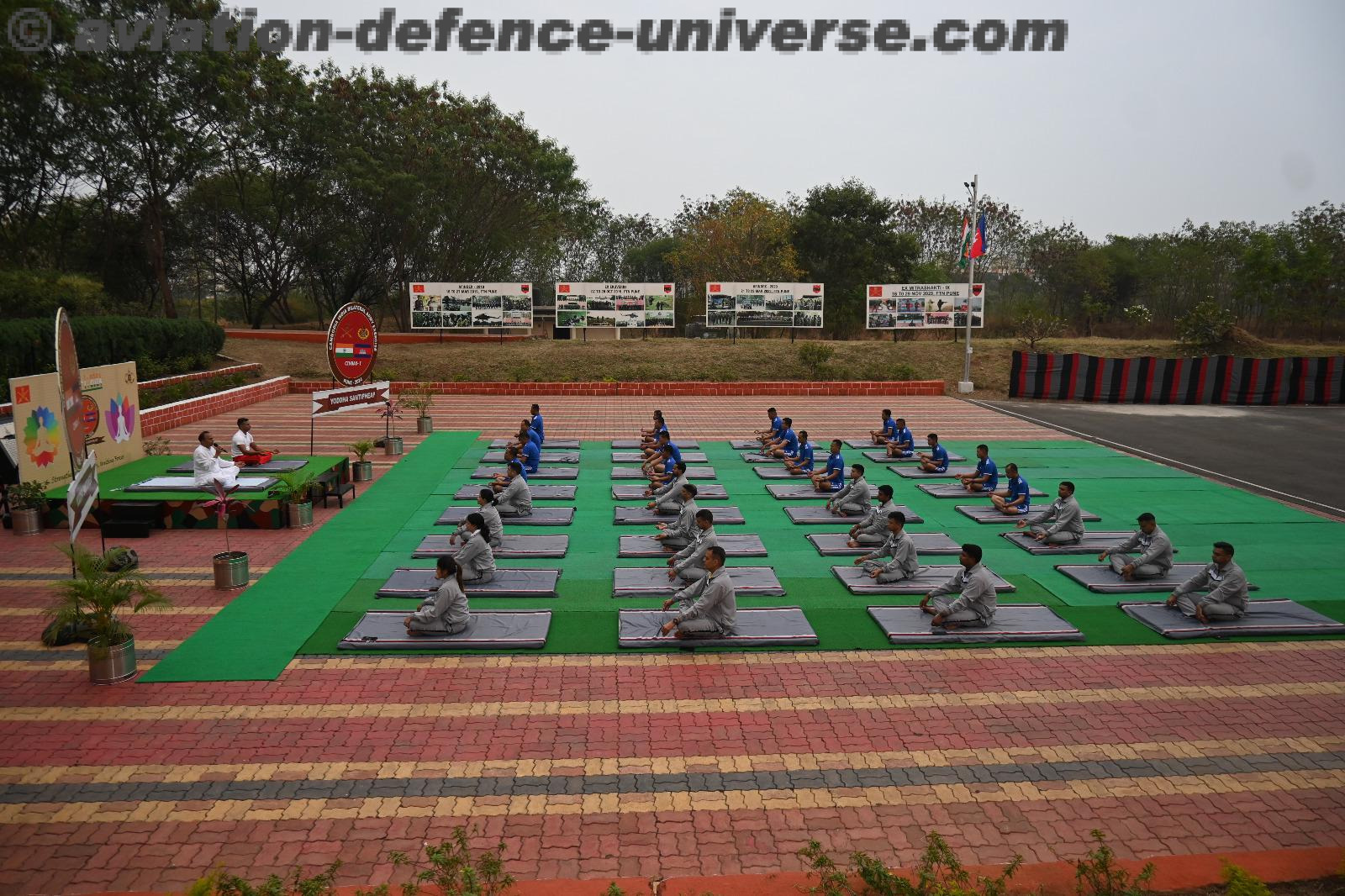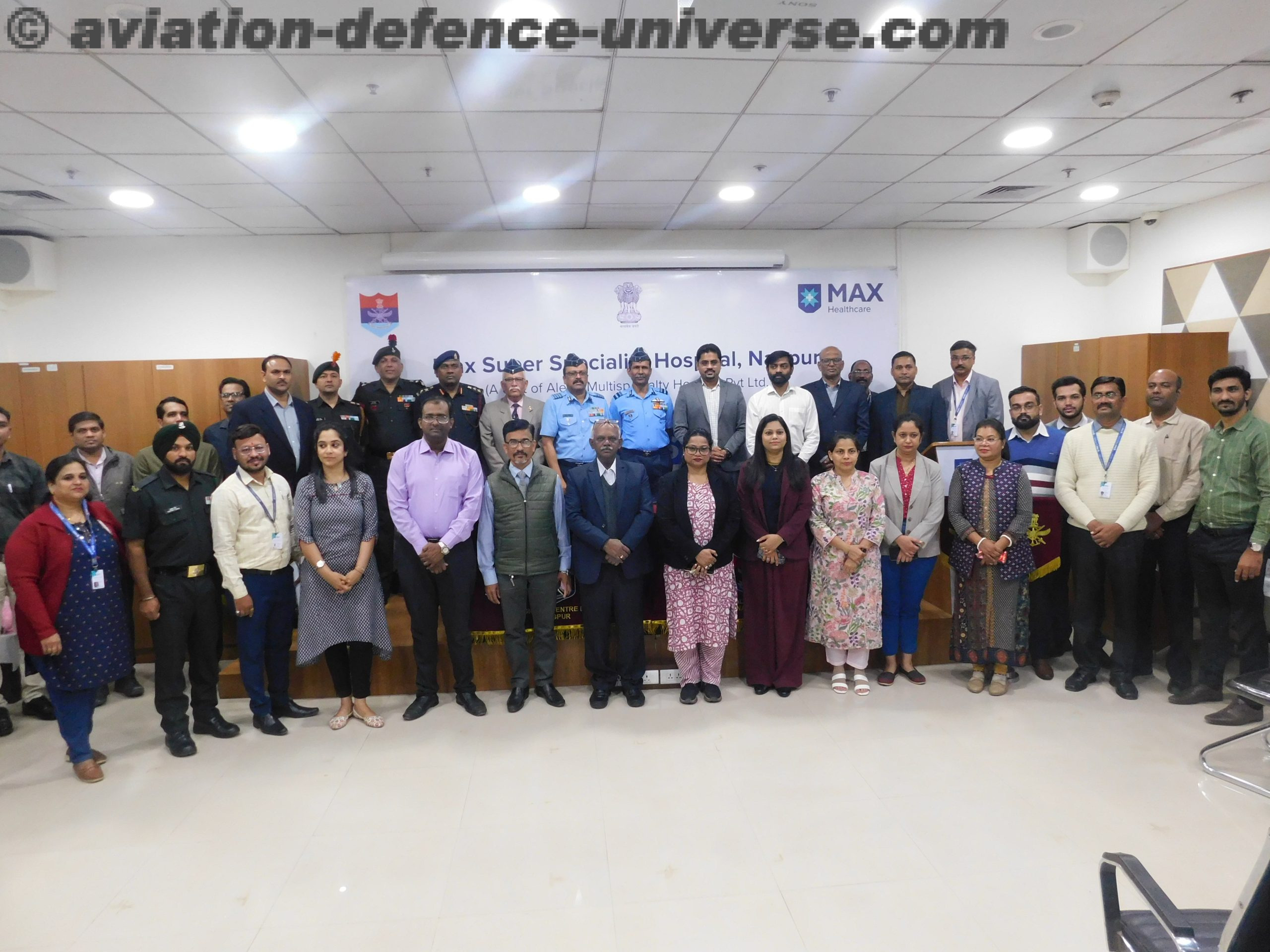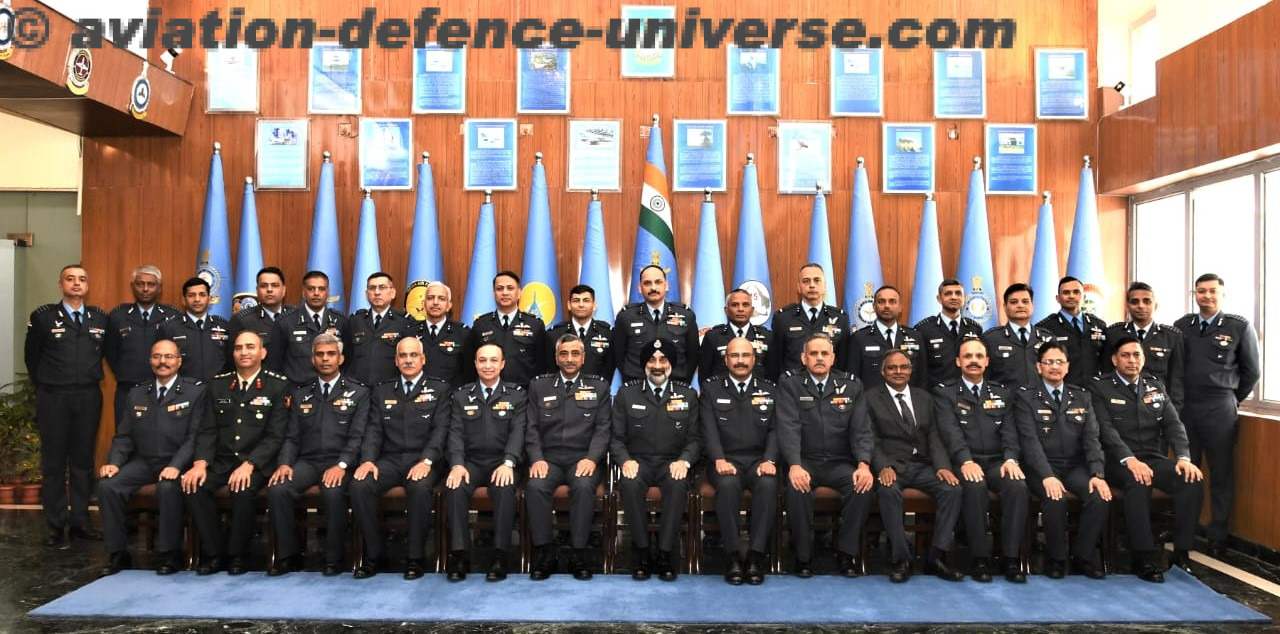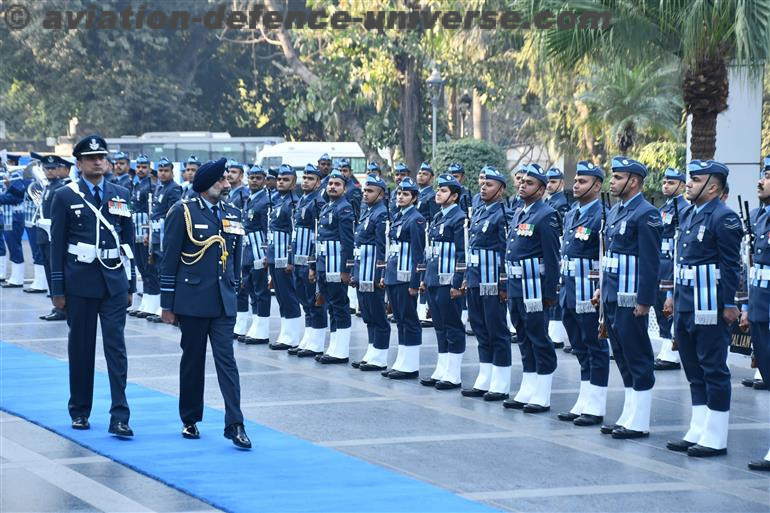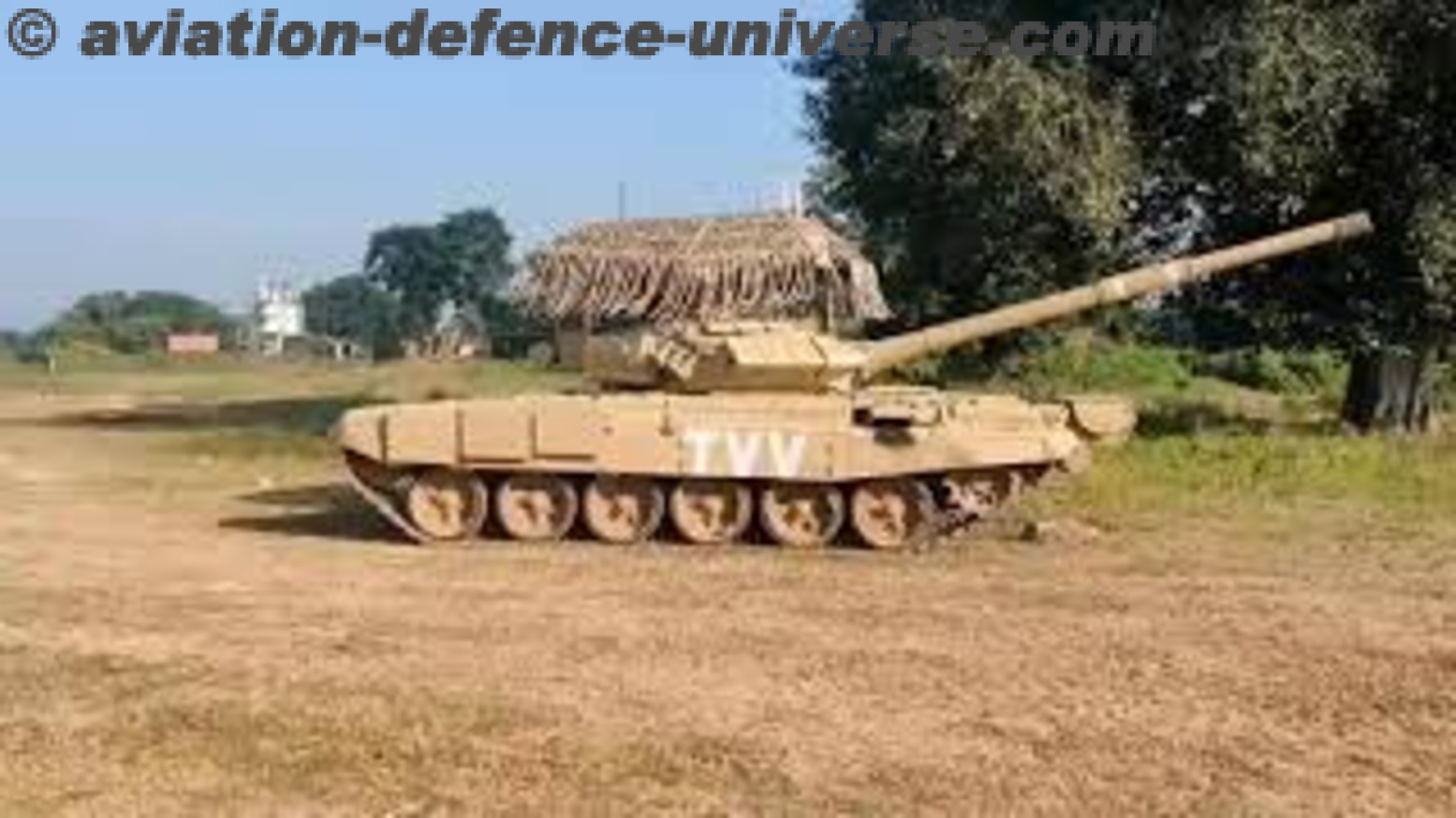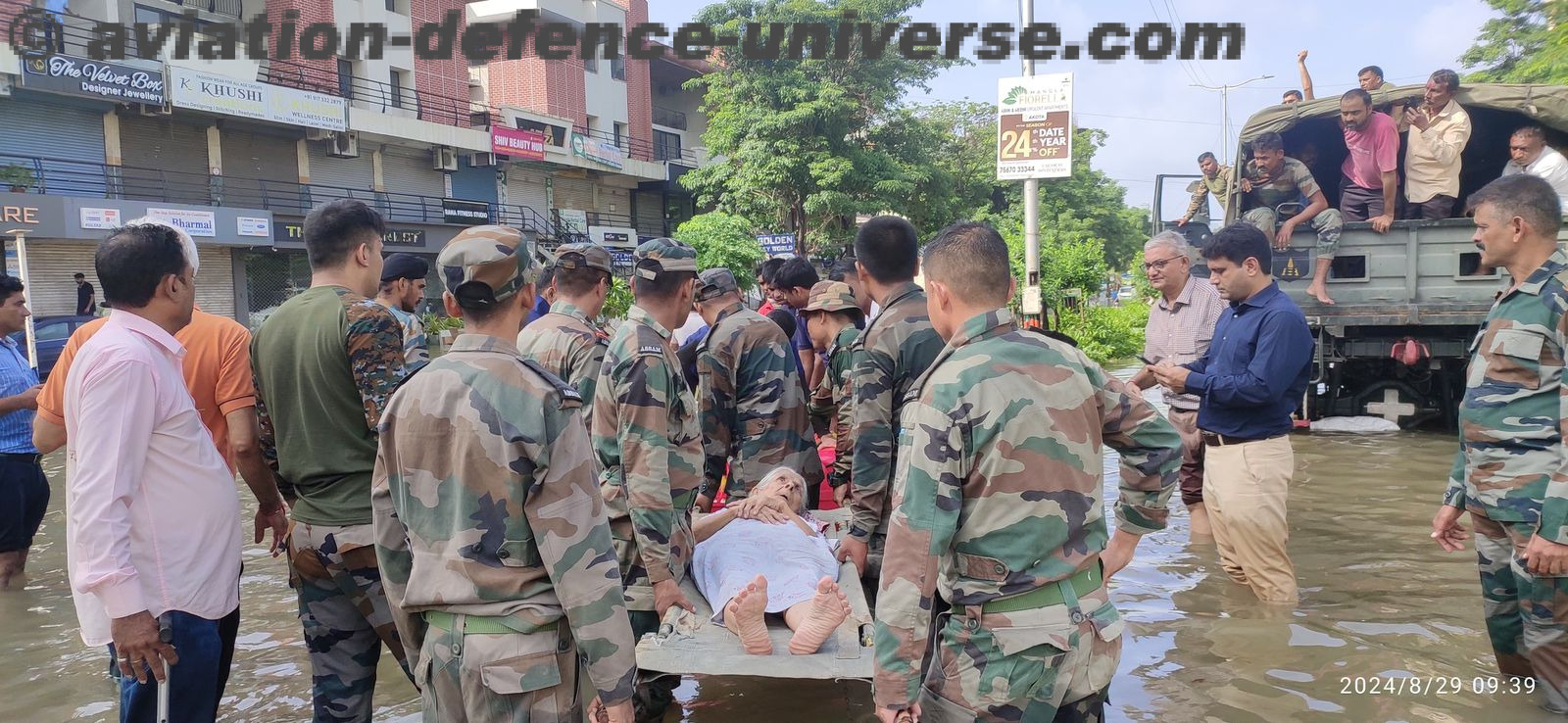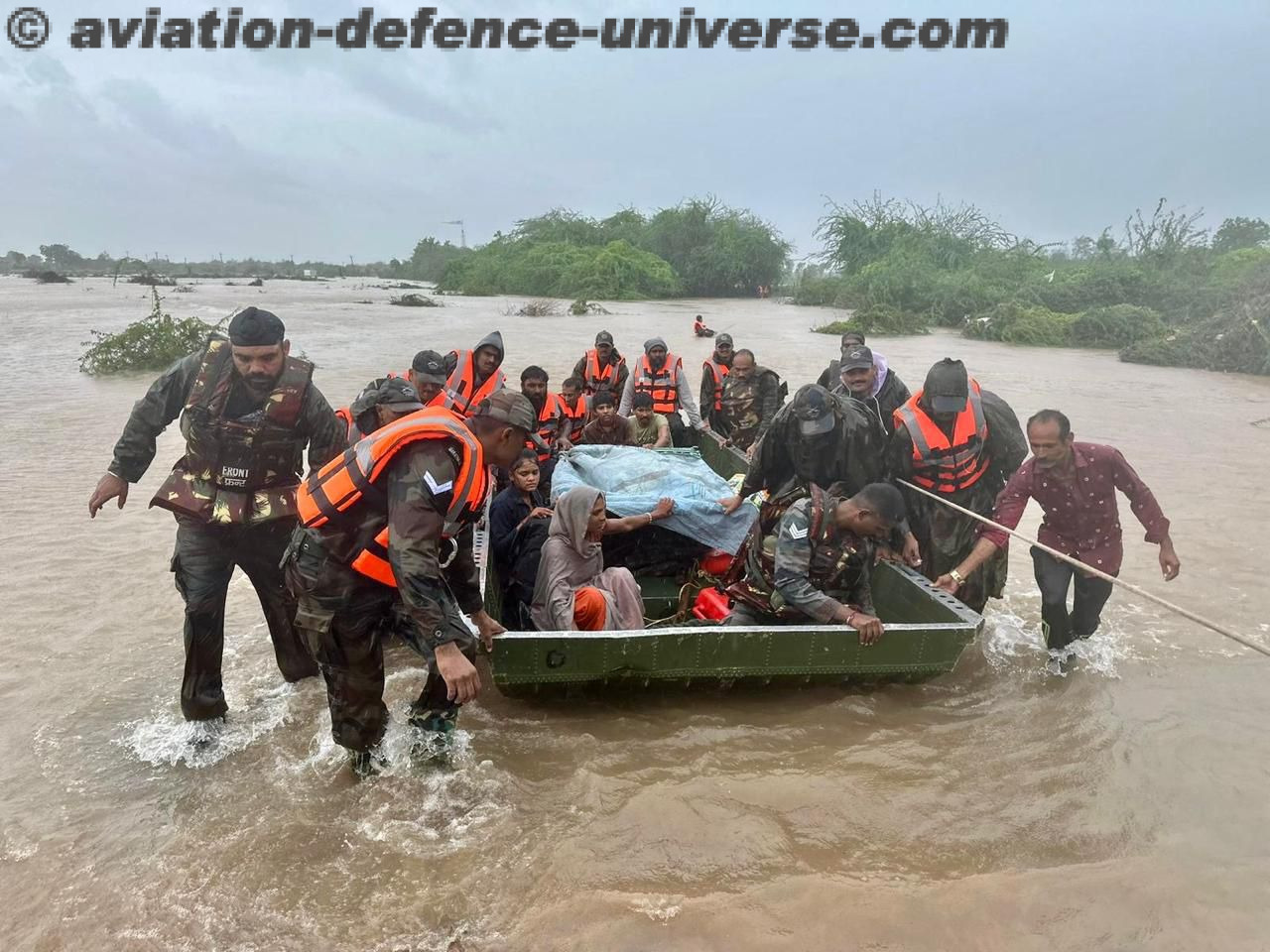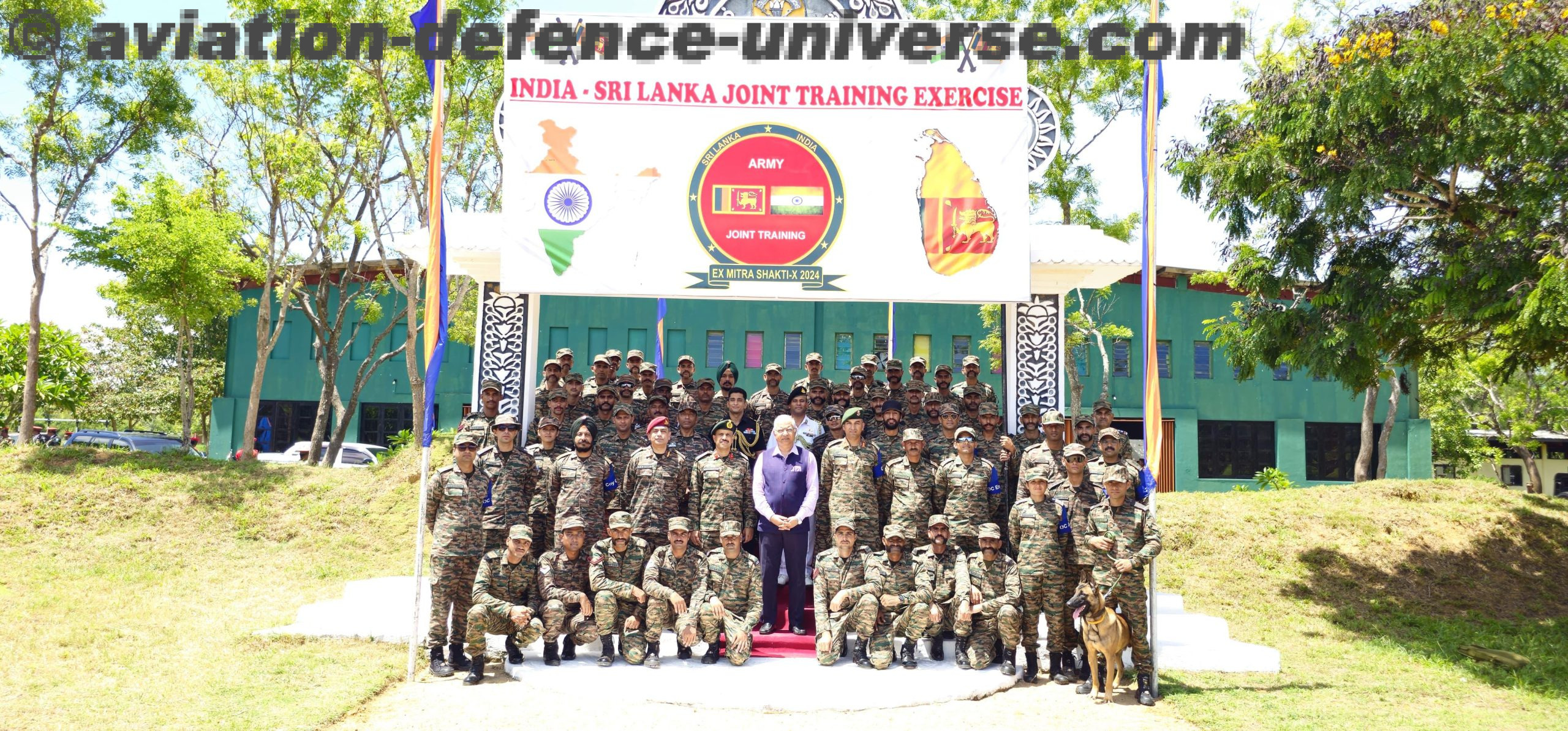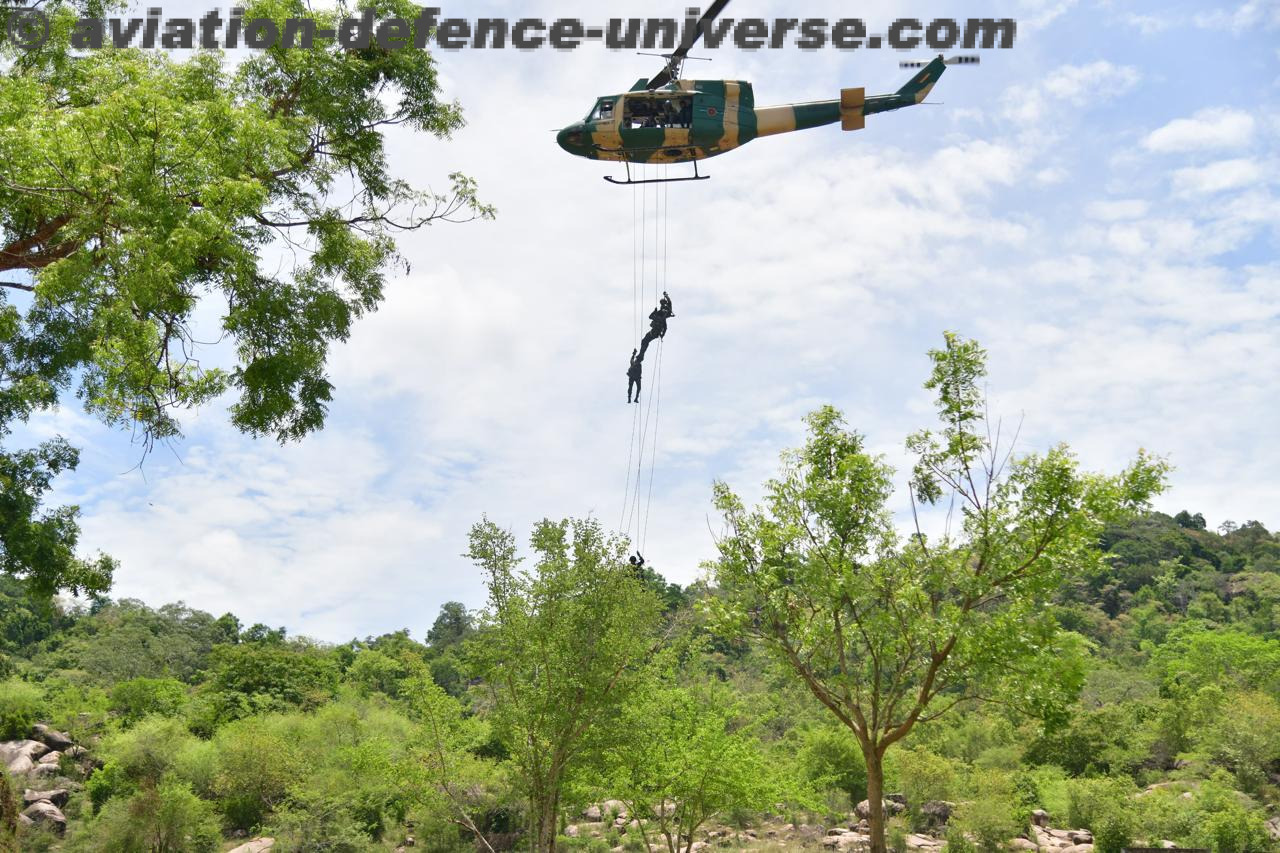New Delhi. The Kumaon
Regiment has a glorious past spanning around 225 years. Its military traditions make it as the most decorated
regiment of the Indian Army tracing its origins to the 18th century the Kumaon
Regiment has its roots in the contingent of Nizams of Hyderabad and its history dates back to 1788.
Sir Henry Russell, the British resident in the erstwhile Hyderabad State is credited to be of the 19 Hyderabad
Regiment, that had over two centuries of distinguished service in which eight generations of Indians have served.
Before Independence, the units of the regiment fought every major campaign of the British Indian Army, and the Indian Army in Palestine, Egypt, Burma, Malaya, Hong Kong, Korea, Japan and Europe. In the post Independence period, the various battalions took part in the operations in Jammu and Kashmir (J&K), North East Frontier Agency (NEFA) now called Arunachal Pradesh, Mizoram, Nagaland, Manipur, Punjab, Bangladesh, Sri Lanka and Siachen. The regiment gets its recruits from the Kumaon Division, affectionately called bullas, of Uttrakhand and the Ahirs called chhoras; hailing from the plains of Haryana, Rajasthan and Uttar Pradesh.
Immediately after the independence, Pakistani army supported by irregulars attacked J&K to annex it by use of force even though
the Maharaja Hari Singh had signed amalgamation of the state in the Indian Union. On 27 October 1947, Indian Army fought marauders from Pakistan in J&K for the preservation of India’s freedom. The first person to be martyred and awarded the country’s highest military award,
the Param Vir Chakra was none other than
Major Somnath Sharma from 4 Kumaon in the Battle of Badgam.
Incidentally, the word KUMAON is derived from the word “Kurmanchal” meaning Land of the “Kurm” avatar (the tortoise incarnation of Lord Vishnu, preserver of the Hindu Trinity). Rightly, it is called ‘KUMAON Dev Bhoomi’ or ‘The Abode of Gods.’
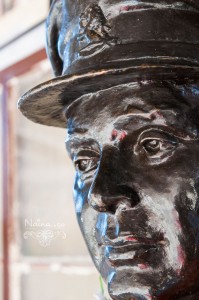
Kumaon is one of the two administrative divisions of newly carved Uttrakhand hill state from Uttar Pradesh in the northern India that includes districts of Almora, Bageshwar, Champawat, Nainital, Pithoragargh and Udham Singh Nagar. Kumaoni language, a sub group of Pahari dialects is spoken by the people of the region. Every Kumaonis first love is to join the armed forces particularly the Kumaon
Regiment and they are famous for their valour and have won numerous gallantry awards. Initially on raising,
In the Sino- Indian War of 1962, the Ahirs hailing from the Ahirwal region of Southern Haryana serving in 13 KUMAON set an unparallel example in the military history of India by defending their motherland at Rezang La in Ladakh located in high altitude swept by icy winds. The Battle of Rezang La fought against the Chinese hordes on 18 November 1962 on a ridge 17,000 feet above sea level, overlooking the strategic Chushul plains in Ladakh, is one of the most glorious chapters in the history of the Indian Army and the Ahirs. This battle has been compared by many military historians with the famed battles of Thermopylae and Saragarhi. The ill clad and ill equipped Ahirs of the Charlie Company of the 13 KUMAON led by the undaunted leadership of Major Shaitan Singh ferociously fought till ‘the last man and the last round’ in temperatures of minus 30 degree. Of the 120 defenders, only three survived, and these three were severely wounded. The rest, including Major Shaitan Singh who was awarded Param Vir Chakra posthumously, were discovered after the winter, frozen in their trenches, holding their weapons but with no ammunition to fire and defend.
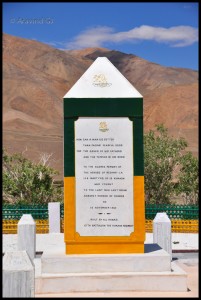
The saga of valour and courage of 6 Kumaon in the remote trackless Walong fighting from 20 October to 16 November 1962 is a remarkable feat of indomitable Kumaoni spirit, traditions and sacrifice proving soldiers do not fight for personal glory. They only fight for
‘NAAM, NAMAK and NISHAAN.’Kumaonis fought well in the battles of Gadra and BP 638 in the desert theatre in 1971 War and equally excelled in the Kargil War. They have the unique distinction of producing three service Chiefs -Generals Srinagesh, Thimayya and Raina. There numerous battalions have served in the United Nations Peace keeping operations in Congo, Somalia, Sudan and Ethiopia.
The newly raised Naga Regiment having three battalions is part of the Kumaon Regiment with the regimental centre located in pristine hill station Ranikhet in the Kumaon Hills.
 Kumaon is one of the two administrative divisions of newly carved Uttrakhand hill state from Uttar Pradesh in the northern India that includes districts of Almora, Bageshwar, Champawat, Nainital, Pithoragargh and Udham Singh Nagar. Kumaoni language, a sub group of Pahari dialects is spoken by the people of the region. Every Kumaonis first love is to join the armed forces particularly the Kumaon Regiment and they are famous for their valour and have won numerous gallantry awards. Initially on raising,
Kumaon is one of the two administrative divisions of newly carved Uttrakhand hill state from Uttar Pradesh in the northern India that includes districts of Almora, Bageshwar, Champawat, Nainital, Pithoragargh and Udham Singh Nagar. Kumaoni language, a sub group of Pahari dialects is spoken by the people of the region. Every Kumaonis first love is to join the armed forces particularly the Kumaon Regiment and they are famous for their valour and have won numerous gallantry awards. Initially on raising, The saga of valour and courage of 6 Kumaon in the remote trackless Walong fighting from 20 October to 16 November 1962 is a remarkable feat of indomitable Kumaoni spirit, traditions and sacrifice proving soldiers do not fight for personal glory. They only fight for ‘NAAM, NAMAK and NISHAAN.’
The saga of valour and courage of 6 Kumaon in the remote trackless Walong fighting from 20 October to 16 November 1962 is a remarkable feat of indomitable Kumaoni spirit, traditions and sacrifice proving soldiers do not fight for personal glory. They only fight for ‘NAAM, NAMAK and NISHAAN.’



